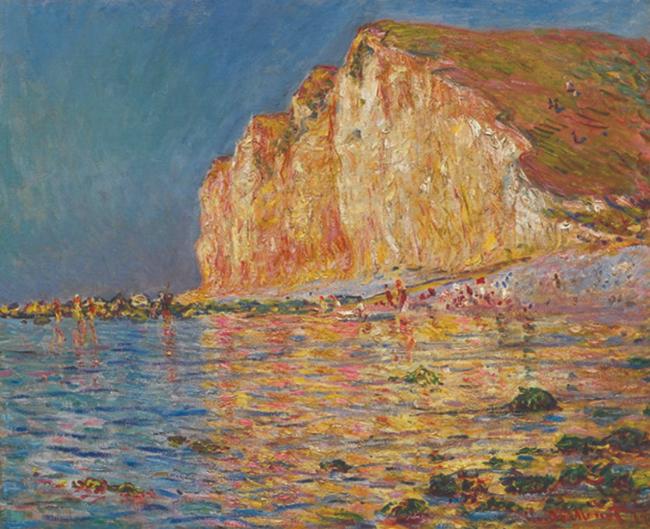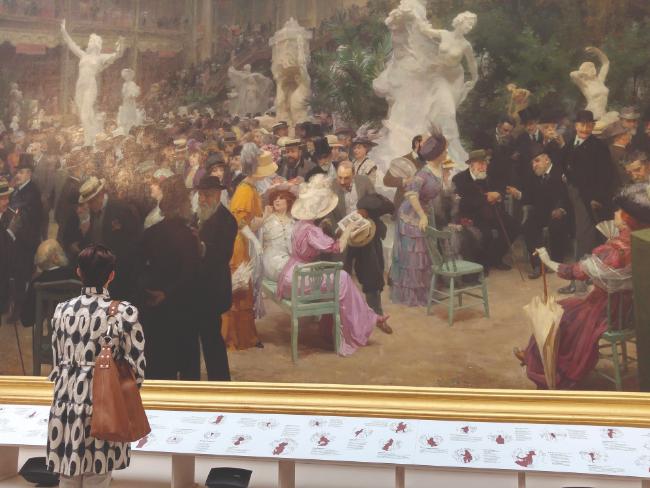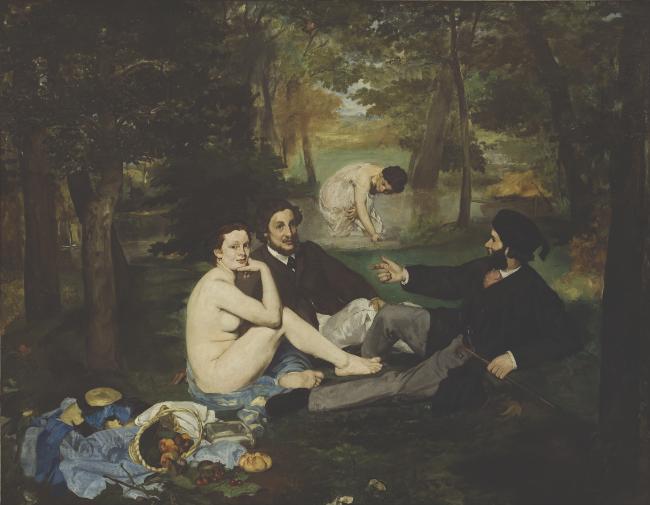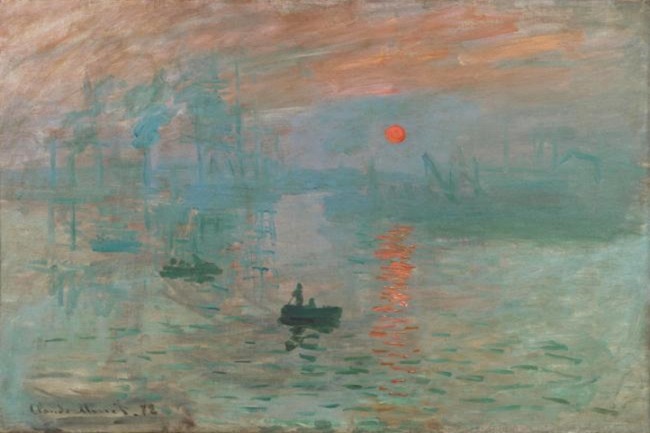Impressionism Turns 150
Sponsored
It’s 150 years since an exhibition opened in Paris which defied all description and changed the world of art for ever. To mark the anniversary, a plethora of events throughout France will explore the enduring appeal of Impressionism.
This year’s Normandy Impressionist Festival marks 150 years since April 15, 1874, when the first Impressionist show opened in Paris. The festival’s fifth edition (which runs from March 22 to September 22) also highlights the many places that inspired the Impressionists – famed for painting en plein air – in Normandy, Paris and around the Île-de-France, and the movement’s enormous impact spanning three centuries.
And what a celebration it will be. All of Normandy and the Île-de-France, from the major towns to tiny villages, have jumped on board for the event, with a multidisciplinary programme of nearly 200 cultural events, including 20 major exhibitions and scores of related shows of Impressionist and contemporary art, photography, video, music and theatre, plus gardens, gastronomy and a series of workshops, conferences and lectures. The festival will also honour two American artists, James McNeill Whistler, one of the original exhibitors at the 1874 show, and contemporary theatrical wizard Robert Wilson, who will transform Impressionist icon Rouen Cathedral into a pageant of music and lights, fortifying the link between Impressionism then and now.

Les Petites Dalles, Monet, 1884
Some of the more light-hearted events will include guinguettes (the lively riverfront cafés popular in the 19th century and loved by the Impressionists for their outdoor revelry) on the Seine and picnics in homage to Manet’s Le Déjeuner sur l’herbe. There will be a recreation of the first Impressionist exhibition, and more than 300 themed walks, cycling trails and boat rides along the Seine in Normandy and the Île-de-France, following in the famed footsteps of these intrepid painters.
Among the highlights of a far-flung programme of Impressionist music, the Opéra de Rouen Normandie will transform the Baroque Chapelle Corneille into a ‘temple of poetry’ to the strains of Benjamin Britten and the verses of Arthur Rimbaud. The festival’s rich diversity points to its real overarching theme: for a movement with no manifesto to rally around, no single organising principle, nor even a name until more than a dozen years after Monet began his explorations into temporality and light (and then only by happenstance), Impressionism’s influence was, and still is, immeasurable.

Musée des Beaux Arts in Rouen © V. Joannon
Birth of a movement
The birth of Impressionism may date to 1874, but its roots go back nearly a dozen years earlier to the Salon des Refusés of 1863, when Monet, alongside two of his early mentors, Gustave Courbet and the Dutch painter Johan Jongkind, and contemporaries including the likes of Édouard Manet, Camille Pissarro and James McNeill Whistler were refused entry into the prestigious Paris Salon. Organised bi-yearly by the Académie des Beaux-Arts, the bastion of realist academic painting, the Salon was Europe’s most influential exhibition – it could make or break a career. Up in arms, the artists protested (it wasn’t the first time many of these artists were refused). Hearing their outcry, Napoleon III granted the rejected painters a space of their own at the exposition, where Whistler’s Symphony in White, No. 1 and Manet’s Le Déjeuner sur l’Herbe hung side by side. The show drew thousands, and while viewers were scandalised and the paintings were ridiculed, it paved the way for a new vision of what painting was and what it could be.
In the 1860s and early 1870s, a group of provocative and visionary young painters began to coalesce. They attended the studio of Swiss painter Charles Gleyre (the most influential painting instructor in Paris at the time), met at the Louvre to study the masters, and hung out with other members of the Paris avant-garde at the Café Guerbois. Finally, they formed a cooperative dubbed the Société Anonyme Coopérative des Artistes Peintres, Sculpteurs et Graveurs. Members included Monet, Cézanne, Pissarro, Morisot, Degas, Renoir, Whistler, Sisley and at least 20 others. In April 1874 the collective mounted its first show, on the Boulevard des Capucines in the studio of the great Parisian photographer Nadar.
It was 15 years since Monet had begun working outdoors with his mentor and lifelong friend, Eugène Boudin, and Johan Jongkind, and two years since he’d painted the work he would submit to the show, Impression, Sunrise, a harbour scene captured at dawn from Monet’s hotel window in Le Havre. Asked to provide a title to include in the exhibition catalogue, Monet said: “Put down ‘Impression’.” It was this canvas that provoked art critic Louis Leroy to compare the painting to a wallpaper pattern, calling it “nothing more than a sketch” and derisively dub the show, “the exhibition of the Impressionists”. A name which stuck.

Le déjeuner sur l’herbe, Edouard Manet © Musée d’Orsay
A lasting impact
Taking painting out of the studio – with the help of newly invented synthetic paints in portable tubes was just one Impressionist innovation. Dispensing with the constraints of academic painting clearly delineated lines, formal perspective, eventually the solid object itself – was another. In response to a time of immense social and intellectual change, the movement’s evolution was rapid and surprising and yet at the same time slow and steady.
While the Impressionists are best known for their invention of the modern landscape, they also revolutionised other forms of representation, particularly the portrayal of the face and body. Along with the attempt to capture the way light and weather played over a landscape, these artists, working as a loose but interconnected group, tried to portray people in their close surroundings as if glimpsed for a fleeting moment – a subjective response to a scene unfolding in time; transient gestures caught forever on canvas yet conveying the ephemeral.
The Normandy Impressionist Festival’s great service through its scores of exhibitions and events is to remind us just how revolutionary this diverse group of men and women really was, and how they pioneered completely new possibilities for representation, beauty and emotion, opening a vast horizon that has never narrowed.
Lead photo credit : Impression, Sunrise by Claude Monet © Musée Marmottan
Share to: Facebook Twitter LinkedIn Email
More in 150 years of impressionism, art, Events, French artist, Impressionism
Leave a reply
Your email address will not be published. Required fields are marked *





